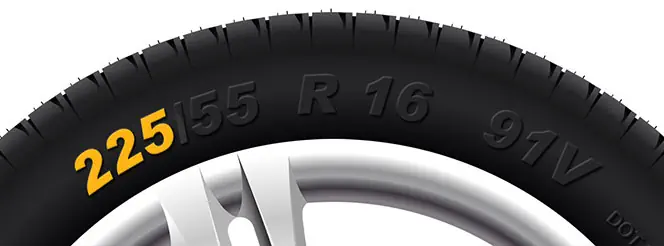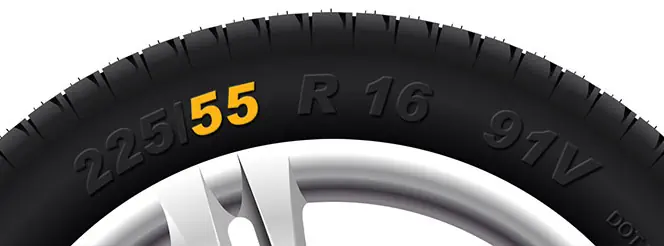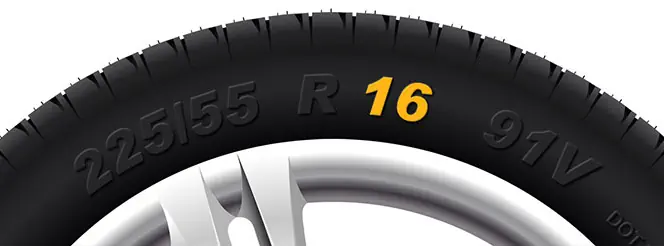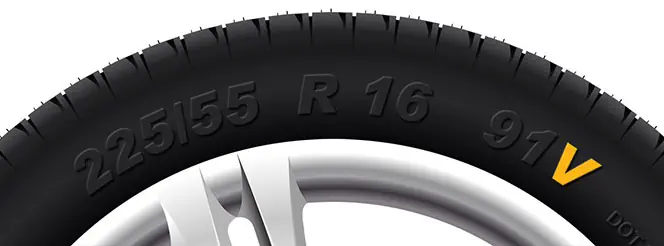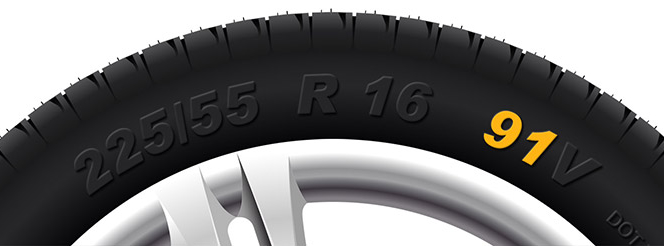What To Look For When Buying A Bike
Jessica Bird | Saturday 28th June 2025 9:10am

Whether you're commuting to work, taking up cycling for fitness, or looking for a greener way to get around, buying a bike is a brilliant step forward. But, with so many options out there, knowing what to look for can feel overwhelming, especially if it's your first time choosing a bike.
From frame size and fit to brakes, in this blog we break down the key things you need to consider before making your purchase.
1. Decide what you'll use the bike for
Start by thinking about how and where you'll be riding. This will help you narrow down the type of bike you need because each type of bike will be designed with different strengths in mind.
Commuting
If you're planning to cycle to work, youíll want something comfortable, reliable, and suitable for urban environments. Hybrid or electric bikes are great options for commuters.
Leisure and/or fitness
For weekend rides, countryside adventures, or a new way to keep fit, a road bike or hybrid bike might suit you well ósomething fast and light that makes longer rides enjoyable.
Off-road & trail riding
If youíre keen on tackling muddy tracks or rugged terrain, a mountain bike with front or full suspension will give you much better grip and control, usually at the cost of weight & reduced performance on roads (usually because the wheels grip too much on tarmacked roads).
Fuel-saving alternative
Cycling instead of driving can save you money and reduce your carbon footprint. Electric bikes make this shift even easier by giving you extra power when needed Ė great for hills or longer distances.
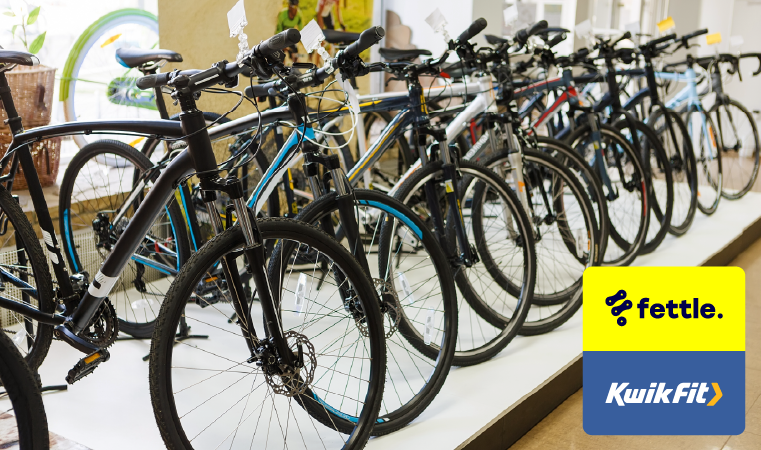
2. Understand the different types of bike
Hereís a quick comparison of the main types of bike to help you get a better feel for which would suit your needs best:
| Type | Best For | Features |
|---|---|---|
| Road Bikes | Speed and long-distance rides | Lightweight frame, drop handlebars, skinny tyres |
| Mountain Bikes | Off-road trails and rough terrain | Suspension, wider tyre, sturdy frame |
| Hybrid Bikes | Every day use and commuting | Comfortable upright position, mix of road and mountain features |
| Electric Bikes (E-bikes) | Assisted rides and longer commutes | Built-in motor for extra power, ideal for hills |
Each bike type has its pros and cons. For many UK cyclists, a hybrid or e-bike offers the best of both worlds as itís comfortable for everyday riding, but still efficient.
3. Get the right frame size & fit
A bike that doesnít fit properly can lead to a lot of discomfort, poor posture, or even injury. Frame size depends on your height and leg length. Most bikes come in small, medium, or large frames, or listed in centimetres.
Some tips for a good fit:
- When standing over the frame, there should be around 1Ė2 inches of clearance.
- You should be able to reach the handlebars comfortably without overreaching.
- Your leg should still have a slight bend when the pedal is at its lowest point.
Many UK bike shops offer in-store fittings or size guides online. If you're buying online, always check the brandís size chart ó and it can help to get a professional assembly or adjustment after purchase.

4. Brakes: rim and disc
There are two main types of bike brakes:
Rim brakes
These apply pressure to the wheel rim. Theyíre lightweight, easy to maintain, and cost-effective but may sometimes struggle in wet weather.
Disc brakes
These clamp onto a disc rotor near the wheel hub. They offer stronger, more consistent stopping power, especially in rain or mud Ė which is ideal for our highly inconsistent weather conditions. Disc brakes come in mechanical (cable-operated) and hydraulic (fluid-operated) versions.
Disc brakes are becoming increasingly popular for many UK riders, as many feel that the investment is worth it for the performance enhancement.
5. How many gears do you need?
The number of gears you need depends on the terrain you'll be tackling.
- For flat terrain or city riding, a single-speed bike, or one with fewer gears, is lighter and easier to maintain.
- For hilly commutes and countryside routes, more gears are worth the extra hassle as theyíll help you tackle steep climbs and long rides.
Look for:
- Derailleur gears (external): common, lightweight, and adjustable.
- Hub gears (internal): low maintenance, often found on city bikes.
Donít assume more gears is always better Ė itís about having the right range for your journey, not just a big number.
6. Tyre width, tread, & puncture protection
Tyres have a big impact on ride comfort and performance. Road bikes use narrow, smooth tyres for speed, while mountain bikes need wider, grippier ones for off-road control. Hybrid bikes, on the other hand, strike a balance for mixed terrain.
For city cycling, puncture-resistant tyres are a smart investment Ė especially with the debris often found on UK roads as well as our weather. Moreover, itís important to check your tyre pressure regularly for a smoother, safer ride.
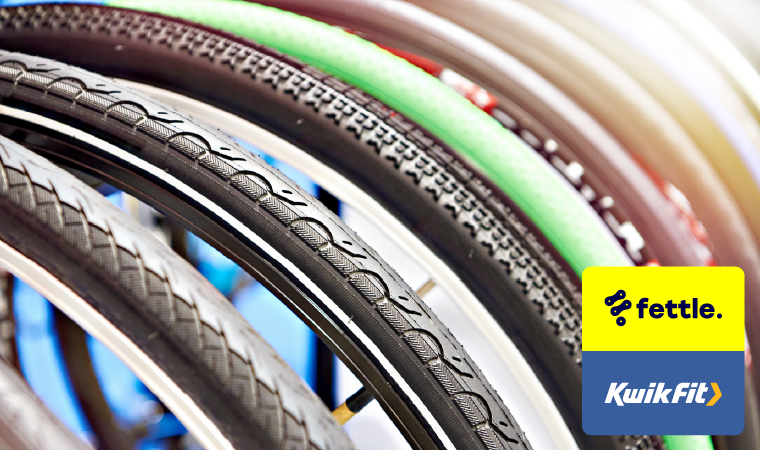
7. Comfort - and more than just the saddle
A comfy saddle matters, but your overall riding position is key to staying pain-free. Upright bikes like hybrids and e-bikes are better for posture, especially on longer or daily rides. Some road bikes, for example, come with front suspension for a more comfortable ride over bumpy roads; but be aware that this can affect pedalling performance because the force of your pedalling gets absorbed by the front suspension.
Grips, pedals, and handlebar height also affect comfort. If you plan to cycle regularly, a professional fitting can make a big difference in avoiding strain and improving your riding experience.
8. Budget vs quality
When it comes to bikes, quality matters more than flashy extras. Prioritise a sturdy frame, smooth gears, and reliable brakes; these make your ride safer and reduce the need for repairs.
You also donít need top-tier tech on your first bike; start with a solid model and upgrade over time. Itís important to go for a bike thatís at the right budget to leave over money for essentials like lights, a helmet, a lock, and mudguards, especially for UK weather.
9. When buying second hand, ride before you buy
Second-hand bikes can offer great value, but be sure to inspect them carefully. Look for rust-free frames, working brakes and gears, and straight wheels. A stretched or rusty chain is a red flag, but can easily be replaced. A rusty frame, on the other hand, is much more of a pain to address.
10. Make sure it's road legal
To ride legally in the UK, your bike must have front and rear brakes, lights for night cycling, and a red rear reflector. Pedal reflectors are also highly recommended for visibility, but arenít legally required.
A bell isnít required, but is always helpful on shared paths. Helmets arenít mandatory in the UK (though they are mandatory for motorbikes), but theyíre strongly advised for your safety.
Let Fettle get you rolling
Once youíve chosen your perfect bike, itís worth making sure itís properly set up and safe to ride. Thatís why weíve teamed up with the national bike experts at Fettle to offer professional bike assembly, maintenance, and repair services right in your local Kwik Fit centre.
Whether youíre a brand-new cyclist or a seasoned rider, the Fettle experts are always on hand to help with your bike. Find your nearest centre here.
Any facts, figures and prices shown in our blog articles are correct at time of publication.
Featured Articles
Is it Illegal to Drive With One Headlight?
Saturday 19th July 2025
Wondering if itís illegal to drive with one headlight? Learn about the safety risks and penalties of illegal blown bulbs and why you should fix them promptly.
Air Con in EVs & Hybrids: Experts Answer Your Questions
Monday 30th June 2025
Does air con drain EV batteries? Can you use the air con while charging an electric car? Find out the answers to these questions & more from Kwik Fitís experts.
Why Is Your Car Making a Noise? Fixes & Tips
Friday 13th June 2025
When your car starts making unexpected noises, it can certainly be quite disconcerting; it may be nothing to worry about, but hereís what you need to know.





